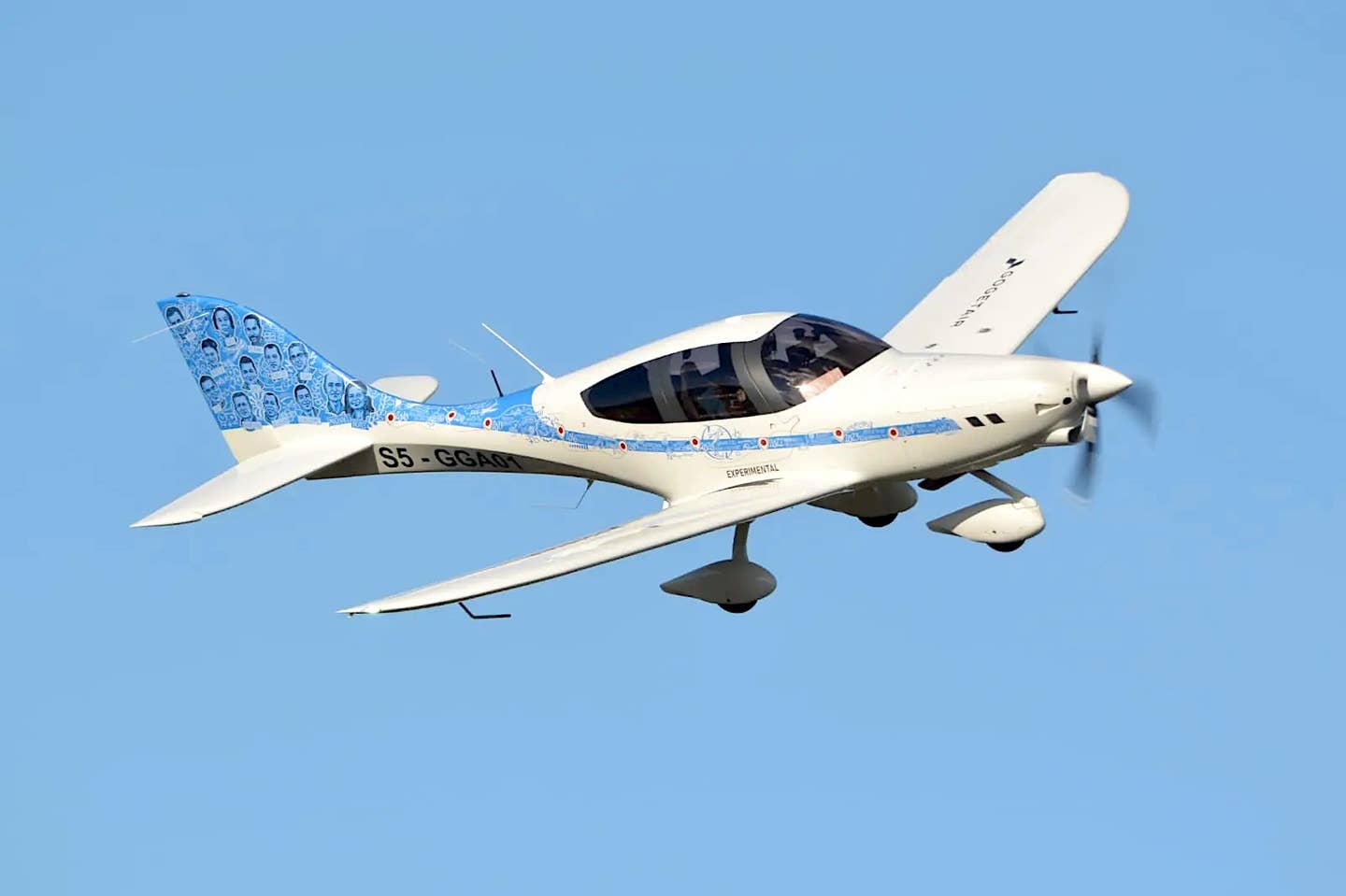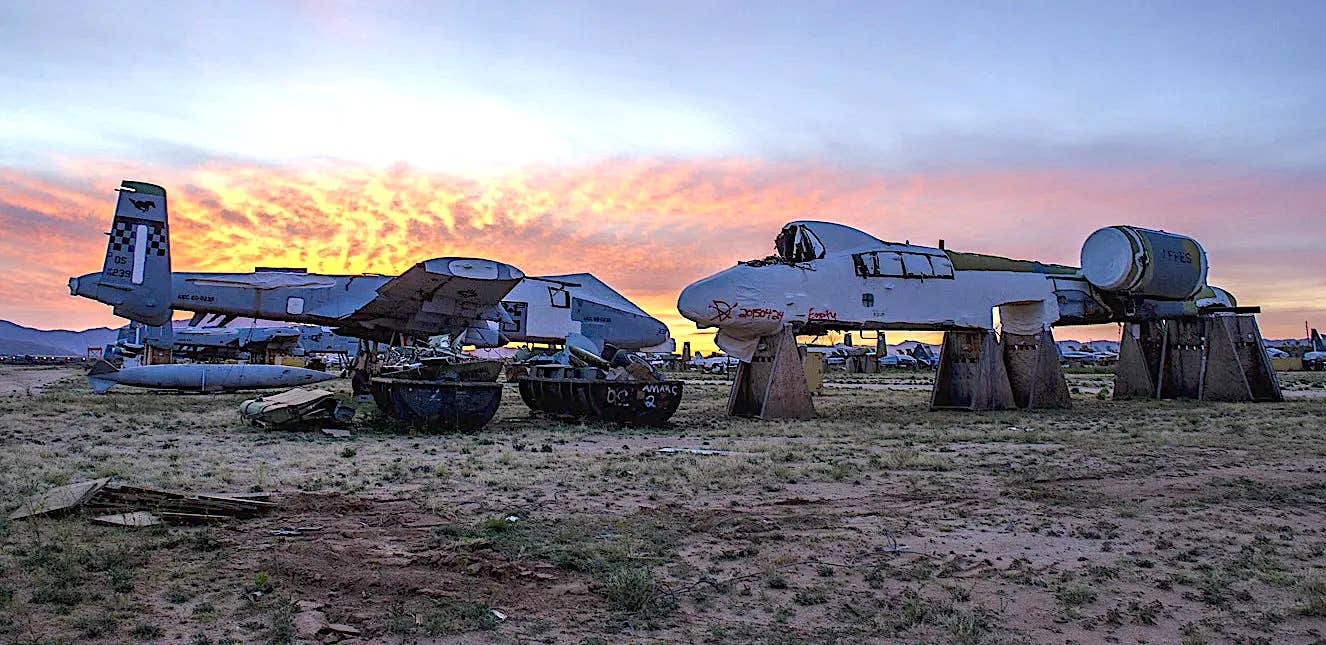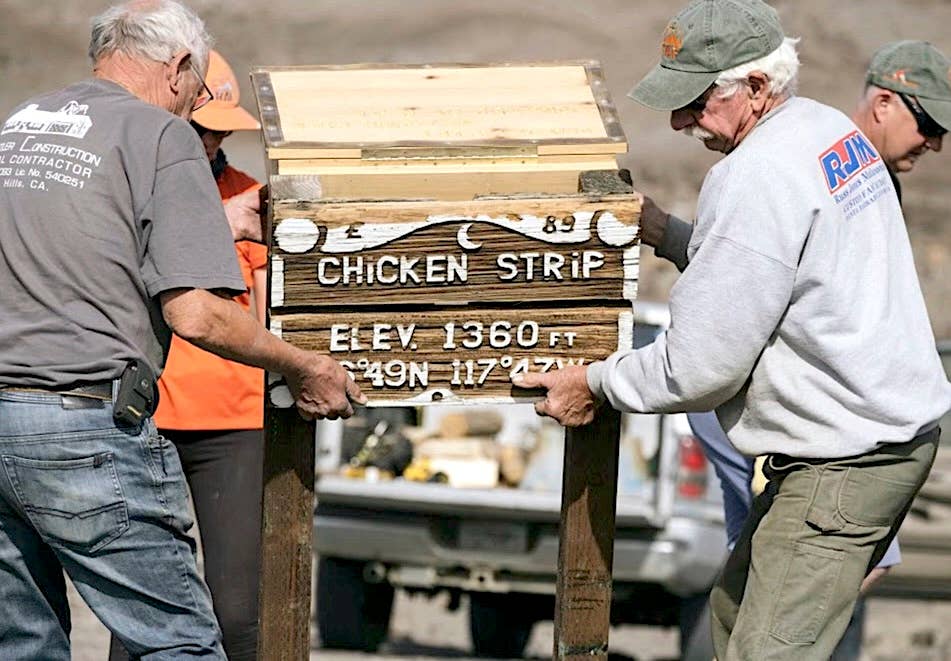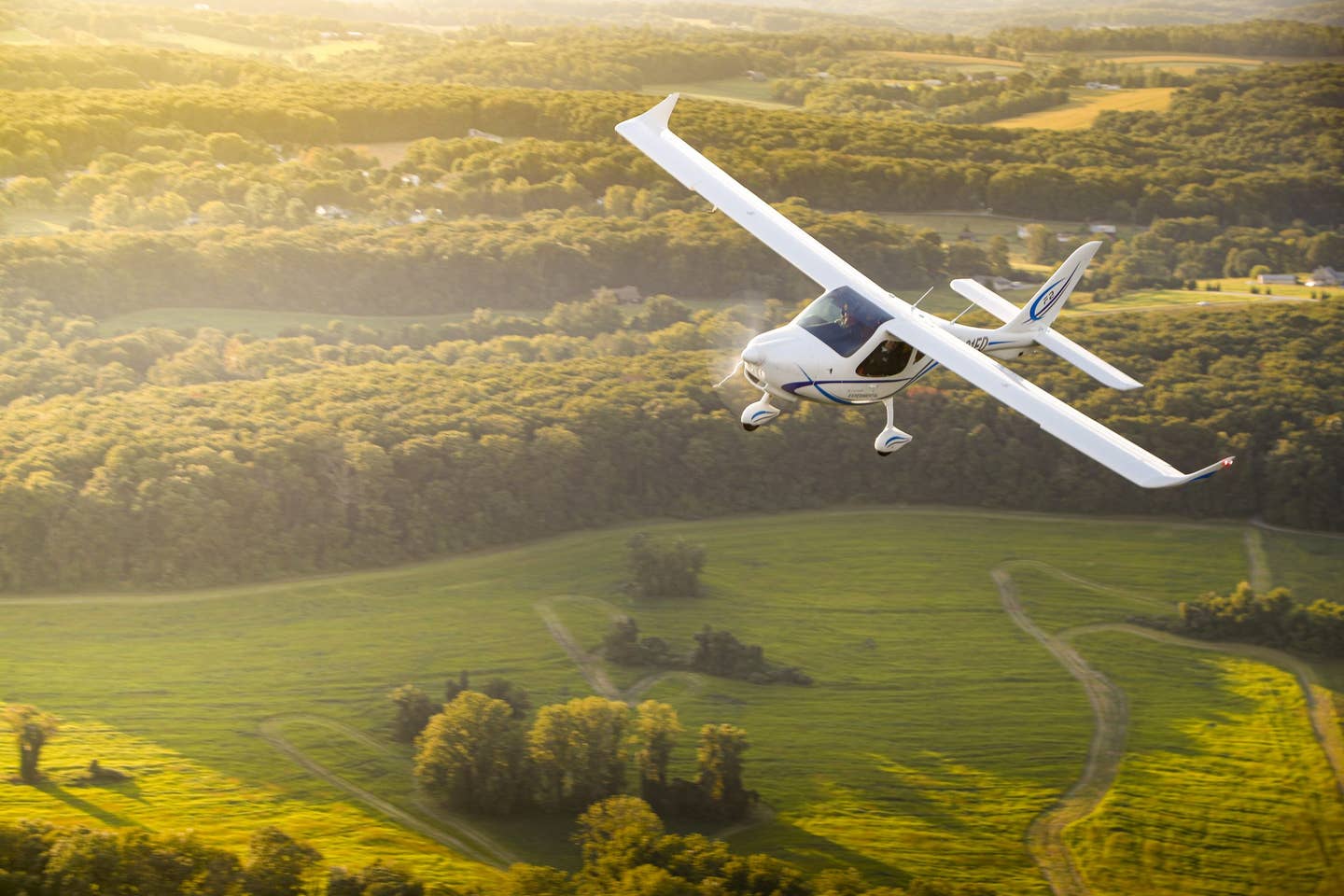EASA Updates Aviation-Centric Artificial Intelligence ‘Roadmap 2.0’
The European Aviation Safety Agency (EASA) has been working with industry stakeholders to study the issue of how Artificial Intelligence (AI) impacts aviation. Last year, the agency released its Roadmap…
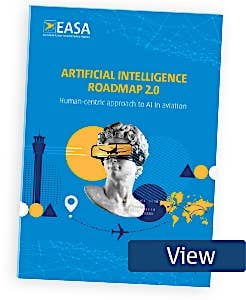
The European Aviation Safety Agency (EASA) has been working with industry stakeholders to study the issue of how Artificial Intelligence (AI) impacts aviation. Last year, the agency released its Roadmap 2.0 to bring the study up to date and outline the pathway for further progress. EASA recently released its annual update to Roadmap 2.0.
In announcing the new plan last year, EASA wrote: “The purpose of this AI Roadmap 2.0 is not only to communicate on the Agency vision for the deployment of AI in the aviation domain, but also to further serve as a basis for interaction with its stakeholders on this topic. In this perspective, this document is further intended as a dynamic document, which will be revised, improved and enriched with time as the Agency will gain experience on AI developments and stakeholders will provide their input and share their vision with the Agency.”
Two previous concept papers set the pathway for approval and deployment of AI systems focused on safety issues for pilots, air traffic control personnel and more. The systems are already being applied to current projects through special conditions.
Areas EASA cited as needing to be addressed include: establishing public confidence in AI-enabled aviation products; preparing for certification and approval of advanced automation; integrating transparency, non-discrimination, and fairness into the oversight process; and deciding on what additional processes, methods and standards are required to take fullest advantage of AI to improve safety.
Roadmap 2.0, with annual revisions, follows up on the first EASA AI Roadmap 1.0 established in 2020. At that time, areas of exploration included: key opportunities and challenges to incorporating AI into aviation; potential impact on organization, processes, and regulations; and what actions should the agency take to meet those challenges.

